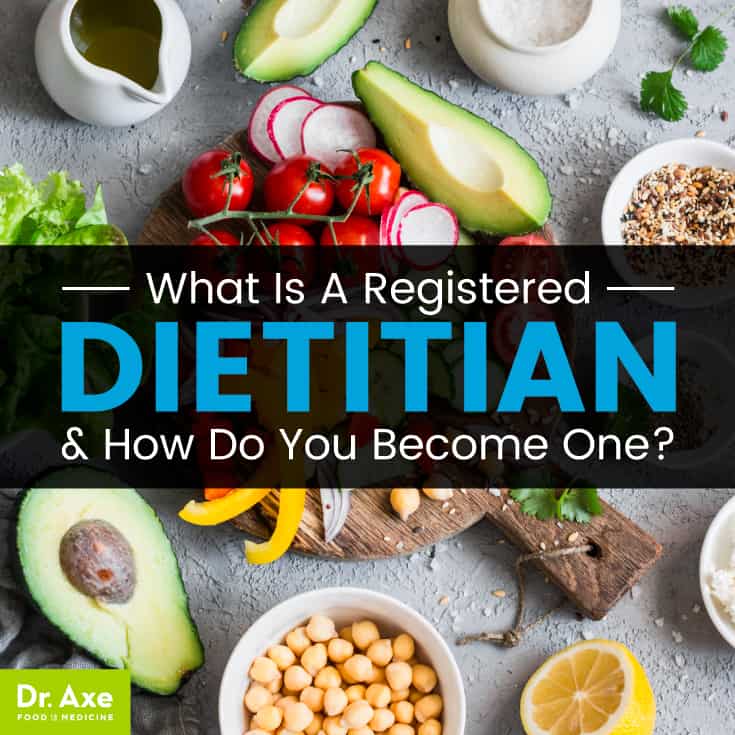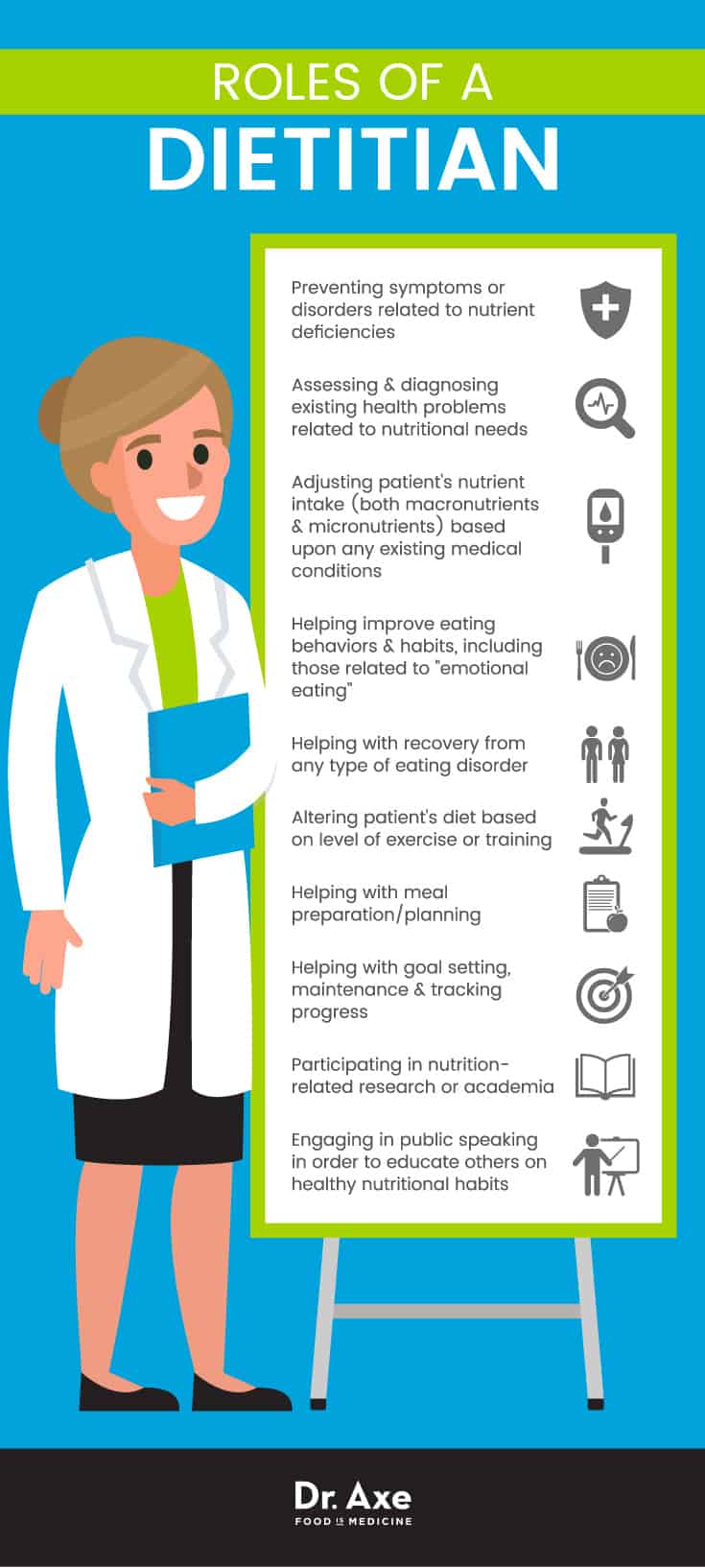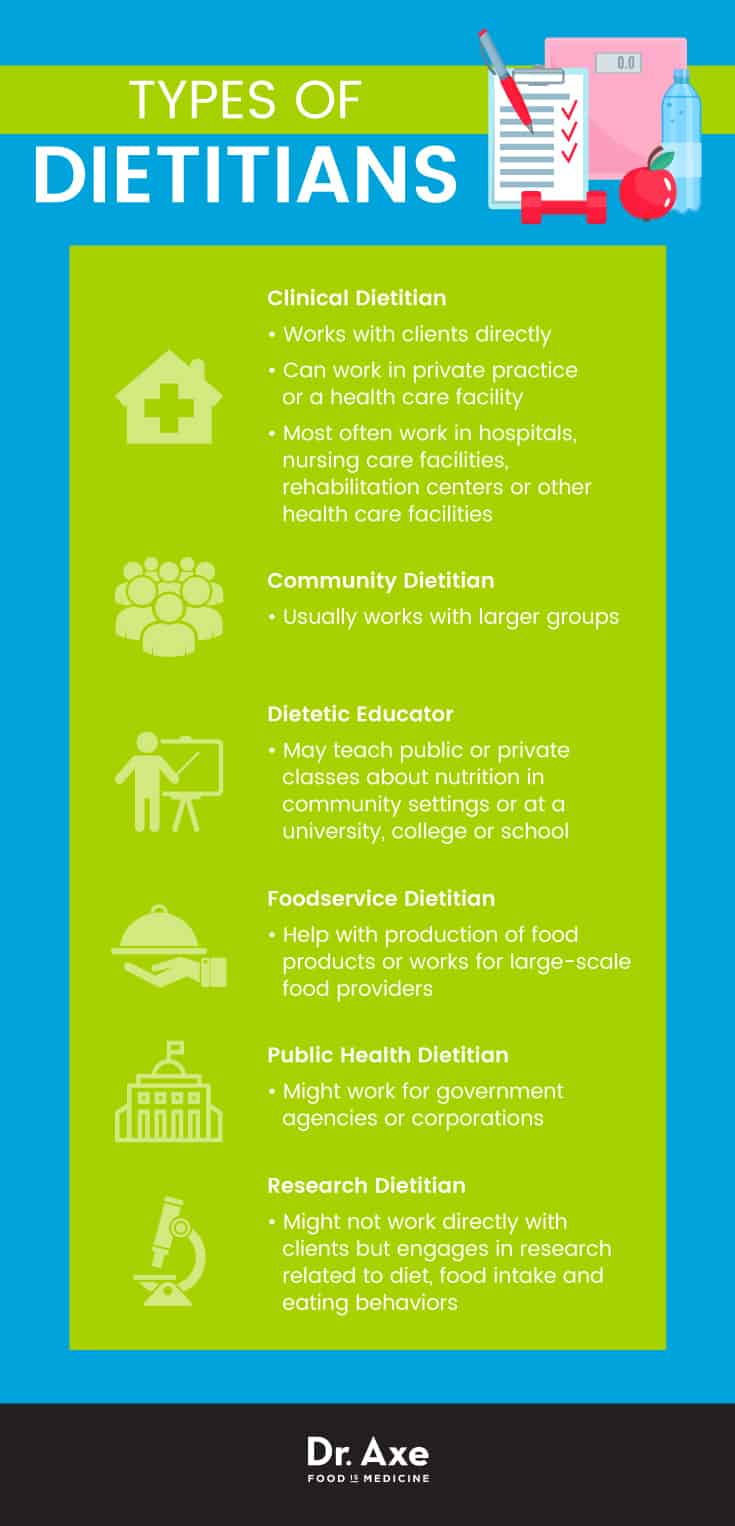This Dr. Axe content is medically reviewed or fact checked to ensure factually accurate information.
With strict editorial sourcing guidelines, we only link to academic research institutions, reputable media sites and, when research is available, medically peer-reviewed studies. Note that the numbers in parentheses (1, 2, etc.) are clickable links to these studies.
The information in our articles is NOT intended to replace a one-on-one relationship with a qualified health care professional and is not intended as medical advice.
This article is based on scientific evidence, written by experts and fact checked by our trained editorial staff. Note that the numbers in parentheses (1, 2, etc.) are clickable links to medically peer-reviewed studies.
Our team includes licensed nutritionists and dietitians, certified health education specialists, as well as certified strength and conditioning specialists, personal trainers and corrective exercise specialists. Our team aims to be not only thorough with its research, but also objective and unbiased.
The information in our articles is NOT intended to replace a one-on-one relationship with a qualified health care professional and is not intended as medical advice.
Dietitian Training, Specialities and Benefits for Clients
September 6, 2017

There are almost 90,000 registered dietitians (RDs) in the United States alone. (1) What are a dietitian’s specialities that he or she offer to clients? A dietitian is a trained expert on diet and nutrition. While altering someone’s food and nutrient intake is definitely part of the job, dietitians usually do much more for their clients than simply provide them with meal plans. They are also coaches, counselors and even therapists in many ways.
As the famous Hippocrates saying goes, “Let food be thy medicine and medicine be thy food.” Jobs in the field of dietetics and nutrition are expected to keep rising steadily over the next 10 years, as nutrition continues to move front and center when it comes to disease prevention and treatment. There is expected to be about 16 percent growth in jobs available for RDs at least through to the year 2024, which is “much faster than average,” according to the Bureau of Labor Statistics. (2)
What makes a dietitian different than a nutritionist? Being a “nutritionist” can mean different things to different people. Compared to a registered dietitian, becoming a nutritionist is a less formal process, since it doesn’t require the same degree or licensure. As the Nutrition Science Degree website puts it, “Dietitians are considered to be nutritionists, but not all nutritionists are dietitians.” (3)
What Is a Registered Dietitian?
According to the Merriam-Webster dictionary, a dietitian is “a specialist in dietetics,” which is the science or art of applying the principles of nutrition to the diet. (4) Registered dietitians are also called registered dietitian nutritionists (RDNs).
What types of clients do dietitians work with? Children or adults with a wide range of health concerns might choose to visit a dietitian, whether on their own or because they were referred to one by their primary doctors. Dietitians most often tend to work with people with one or more of the following health concerns:
- Obesity or overweight
- Food allergies, intolerances or sensitivities
- Diabetes or prediabetes
- Heart problems, including high blood pressure, high cholesterol or high triglycerides
- Eating disorders, such as anorexia nervosa, bulimia nervosa or binge eating disorder
- Digestive issues, including inflammatory bowel disease or irritable bowel syndrome
- During pregnancy or for other hormone-related problems
The Role of Dietitians:
Some of the roles that a dietitian has include:
- Preventing symptoms or disorders related to nutrient deficiencies, or assessing and diagnosing existing health problems that are related to nutritional needs. This might be done while working in consultation with the patient’s primary physician and/or other health care providers.
- Adjusting a patient’s nutrient intake (both macronutrients and micronutrients) based upon any existing medical conditions.
- Helping improve eating behaviors and habits, including those related to “emotional eating.”
- Helping with recovery from any type of eating disorder, whether this requires incorporating a higher variety and quantity of foods and calories into the diet or less.
- Altering patients’ diets based on their levels of exercise or training, such as for professional athletes or college/high students who are very active.
- Helping with meal preparation and planning, including suggesting ways to incorporate the patient’s favorite foods in a balanced way.
- Helping with goal setting, maintenance and tracking progress.
- Participating in nutrition-related research or academia.
- Engaging in public speaking in order to educate others on healthy nutritional habits.
Once licensed, where do dietitians work? RDs or RDNs work in a wide variety of settings, including both in private practice or for corporations or health care organizations. Dietitians can work in places that include hospitals, nursing homes, businesses, community/public health organizations, universities or colleges, teaching and education, research settings, and government agencies. In private practice, dietitians can choose to operate their own offices where they meet with clients on their own time.
When a dietitian chooses to work in a medical or health care setting — such as a hospital or doctor’s office, which is the most common place for dietitians to be employed — they almost always need to be officially credentialed as an RD or RDN, rather than a health coach, nutritionist or another type of dietary counselor.

How to Become a Dietitian
What kind of training is involved in becoming a dietitian, and following training what qualifications will a dietitian have?
Qualifications for RDs (or RDNs) differ from state to state within the U.S. and also from country to country. In the United States, most RDs or RDNs are accredited through the Accreditation Council for Education in Nutrition and Dietetics (ACEND).
Many countries have a formal training, exam and licensure process in place for dietitians, but the exact amount of internship hours required, exams passed and education courses that must be completed to become licensed varies. All states within the U.S. have regulatory laws regarding licensure for various types of food and nutrition practitioners, with RDs usually being the most rigorous to meet. All states accept the official Registered Dietitian or Registered Dietitian Nutritionist credentials issued by the Academy of Nutrition and Dietetics for state licensure purposes.
In the United States, the Academy of Nutrition and Dietetics (formerly known as the American Dietetic Association) states that someone must meet the following criteria in order to earn the credentials needed to officially become a registered dietitian: (5)
- Complete a minimum of a bachelor’s degree at a U.S. regionally accredited university or college.
- As part of a bachelor’s degree, complete mandatory undergraduate course work accredited or approved by the ACEND of the Academy of Nutrition and Dietetics.
- Complete 1,200 hours of supervised practice through an ACEND-accredited Dietetic Internship. This can include completing an ACEND-accredited, supervised practice program that is about six to 12 months long. This is usually done at either a health care facility, community agency or a food service corporation. Internships opportunities might also include Coordinated Programs in Dietetics or an Individualized Supervised Practice Pathway. (6)
- Pass a national examination administered by the Commission on Dietetic Registration (CDR).
- On an ongoing basis, complete continuing professional educational requirements. These are needed to maintain registration as a RD because they ensure the dietitian is staying up-to-date on the latest dietary research and recommendations.
Registered dietitians meet qualifications set by the Commission of Dietetic Registration and ACEND. Many are also members of the Academy of Nutrition and Dietetics, while nutritionists are not.
- RDs typically earn a master’s or doctoral degree (or hold more than one degree) in one or more of the following areas: dietetics, food and nutrition, nutrition, community/public health nutrition, food science and/or food service systems management. Some may only have a bachelor’s degree, plus internship experience, but most have a graduate degree as well.
- 46 states in the U.S. have enacted legislation regulating the practice of dietetics. Individual state licensure and state certification vary, and they are “separate and distinct from registration or certification by the Commission on Dietetic Registration.” (7)
- The Academy of Nutrition and Dietetics (AND) was founded in 1917 and today is the largest organization of food and nutrition-related professionals in the U.S., with over 100,000 members. (8) Members include active practitioners, academics, students, retired practitioners or dietitians who practice overseas. The AND states that its 100,000 members consist of “registered dietitian nutritionists, dietetic technicians, students and others holding baccalaureate and advanced degrees in nutrition and dietetics.”
Types of Dietitians
After someone becomes a RD or RDN, it’s not uncommon to eventually receive additional certifications in specialized areas of dietary or medicinal practice. For example, dietitians might choose to obtain additional certifications in pediatric/childhood nutrition, family nutrition, eating disorders education, prenatal nutrition, sports dietetics, oncology, gerontological or diabetes education.
Around the world there are many different professional terms used to describe dietitians, including those that are used when a dietitian has certain specialities. Types of dietitians include:
- Clinical dietitian, who works with clients directly. Clinical dietitians can work in private practice or a health care facility. They most often work in hospitals, nursing care facilities, rehabilitation centers or other health care facilities.
- Community dietitians, who usually work with larger groups.
- Dietetic educator, who may teach public or private classes about nutrition in community settings or at a university, college or school.
- Foodservice dietitians, who help with production of food products or work for large-scale food providers.
- Public health dietitians, who might work for government agencies or corporations.
- Research dietitians, who might not work directly with clients but engage in research related to diet, food intake and eating behaviors.

Dietitian vs. Nutritionist
In many countries, including the U.S., “nutritionist” has a broader, more general meaning that=n “dietitian” does. The NutritionEd Organization’s website states, “Many people mistakenly use the terms ‘dietitian’ and ‘nutritionist’ interchangeably. Although these two professions are undoubtedly related, they maintain distinctive qualities. The biggest difference between dietitians and nutritionists lies in the legal restrictions that each title carries. Only nutritionists that become registered with Commission on Dietetic Registration (CDR) may legally declare themselves as dietitians or more precisely, as registered dietitians (RDs).” (9)
Dietitians’ Belief Systems:
Generally speaking, dietitians and nutritionists tend to have somewhat different approaches when it comes to teaching their clients about healthy living. In general, nutritionists tend to have a more natural and holistic view compared to dietitians. Of course, not every dietitian or nutritionist falls neatly into these categories. There are certainly many great dietitians practicing today, but for clients interested in working with one who takes a holistic approach to health, it can take some effort to find one.
Due to the type of training that most receive, below are five key underlying beliefs that many dietitians have in common — which can be problematic:
1. The USDA’s MyPlate Is an Example of a Balanced Diet
A high percentage of dietitians work in hospitals or other health care settings and are tightly regulated in terms of what type of dietary advice they should offer to clients. Most have been trained to educate their patients about eating in a way that matches the U.S. Department of Agriculture’s (USDA) MyPlate guidelines (formerly known as “The Food Pyramid”). MyPlate is definitely an improvement from previous recommendations, but it still has its criticisms. These include the fact that MyPlate doesn’t emphasize how important the quality of foods are, still recommends processed low-fat dairy, limits intake of certain healthy fats, and doesn’t drive home the need to avoid processed foods and refined grains quite enough.
2. Calorie Reduction Is Most Important for Weight Loss
While this can’t be said about every dietitian, many stress the importance of focusing on calorie reduction above all else. Some still offer their clients advice about eating low-fat foods, artificially sweetened foods and other processed diet foods in order to reduce calorie intake as much as possible in hopes of causing weight loss. (10)
Rather than solely focusing on lowering calorie intake, I recommend people put their efforts towards eating unprocessed whole foods as much as possible, even those that might be more calorie-dense, such as healthy fats. Whole foods are nutrient-dense, tend to be high in volume and fiber, and are naturally filling. Eating whole foods therefore helps regulate calorie intake, usually without the need to count calories or eat “diet foods” that have been chemically altered.
3. Everything Is OK “In Moderation”
It’s not uncommon for dietitians to tell their clients that any food is OK to have as long as it’s only eaten moderately. For example, some dietitians might recommend having fast food, diet soda, pizza, etc., about once weekly in order to satisfy cravings. While it’s not likely that having something like pizza once per week will negatively impact someone’s health, this approach might not be helpful for reducing cravings for unhealthy foods in the long term or for determining healthier ways to satisfy them.
4. Saturated Fat Is Unhealthy
The USDA and many dietitians still recommend that foods with saturated fat be limited, yet some saturated fat in the diet can actually have health benefits. For example, traditional foods that provide saturated fat — such as raw full-fat dairy products, coconut oil and grass-fed beef — contain important nutrients that help the body in various ways. Some of the benefits of saturated fatty acids include building cell membranes, helping protect bones, protecting the liver from alcohol and other toxins, helping with sex hormone production, enhancing the immune system, and retaining cognitive health.
5. Salt/Sodium Is Unhealthy
Too much sodium can definitely be a problem for people with a history of conditions like high blood pressure or edema, but it’s still important to remember that sodium is an essential mineral and we need a certain level in our diets to remain in balance. If unprocessed foods are kept to a minimum — such as canned soups or veggies, processed meats and cold cuts, and bottled condiments — then adding some real sea salt to freshly prepared foods should not be thought of as a problem.
Other Types of Nutrition Professionals:
Aside from dietitians and nutritionists, there are also several other titles for nutrition-related professionals. These include Certified Clinical Nutritionists (CCN) and Certified Nutrition Specialists (CNS). Certain qualifications have to be met in order to apply for these titles, along with completion of specific course work, passing certain exams, and having a level of experience or internship. Some candidates will have already completed a master’s or doctoral degree in a field-related discipline. This can include completion of an advanced degree in physical therapy, chiropractic, nursing, etc. Physicians (medical doctors), RDs and other type of health care professionals might choose to become CNSs or CCNs if they want to offer another holistic treatment approach to their clients.
Dietitian Salary and Job Outlook
How much does a dietitian typically make?
The median income for a registered dietitian in the United States is around $59,000. The median wage is the wage at which half the workers in an occupation earned more than that amount and half earned less. The lowest 10 percent of RDs in the U.S. earn less than $36,470 annually, while the highest 10 percent earn more than $82,410 annually.
A dietitian’s salary depends on where exactly he or she works and the specific field. Those working in metropolitan locations, especially in states such as California or New York, tend to experience higher salaries. Below are some facts about average salaries for different types of dietitians: (11)
- Those working in health diagnosing and treating: average annual salary of around $78,000
- Grant-giving: average annual salary of $71,000
- Insurance-related work: average $66,000 annually
- Outpatient care centers: average $64,880 annually
- Hospitals (whether state, local or private): average of $59,350 annually
- Nursing and residential care facilities: $57,330 annually
- Accommodation and food services: $56,450 annually
- Government: around $56,000 annually
Top Dietitian Schools
There are a number of different programs at universities/colleges located in the U.S. and internationally that quality someone to become a registered dietitian. These include programs called: (12)
- Coordinated Programs in Dietetics (CP) — Offers undergraduate coursework and a supervised internship that fulfills ACEND requirements.
- Didactic Programs in Dietetics (DPD) — Includes undergraduate coursework leading to an undergraduate internship. After completion of the DPD, the student must still fulfill the internship requirement.
- ACEND-Accredited Programs, leading to Dietetic Technician Registered (DTR) certifications.
- Possibly others depending on the state.
The Nutrition Certification Reviews website says, “A typical nutrition degree program can cost as much as $100,000 USD in tuition and living expenses. Plus, it can take as many as 5 years to complete your coursework, internships, and RD exams.” (13)
According to rankings and various surveys, some of the top-ranked dietitian schools in the U.S. include: (14, 15)
- Harvard University
- Cornell University
- Johns Hopkins Center for Human Nutrition
- Florida State University
- Tufts University
- University of Maryland College Park
- Boston University
- Colorado State U.
- Baylor University
- New York University
- Michigan State U.
- Ohio State U.
- University of Connecticut
- Texas A&M
- Virginia Tech U.
- U. North Carolina at Chapel Hill
- University of Georgia
- University of Delaware
- University of Washington Seattle
- Purdue U.
- Brigham Young University
- Miami U. Oxford
Final Thoughts on Dietitian Training
- A dietitian is a trained expert on diet and nutrition. There are almost 90,000 registered dietitians in the U.S.
- There is expected to be about 16 percent growth in jobs available for RDs at least through to the year 2024.
- Dietitians help folks with there food and nutrients intake, and they also are coaches, counselors and even therapists to clients.
- Nutritionist has a broader, more general meaning than dietitian. Dietitians are nutritionists, but not all nutritionists are dietitians.
- Dietitians have to go through certain certifications to become registered dietitians, and with the field growing, there are many job opportunities out there.












